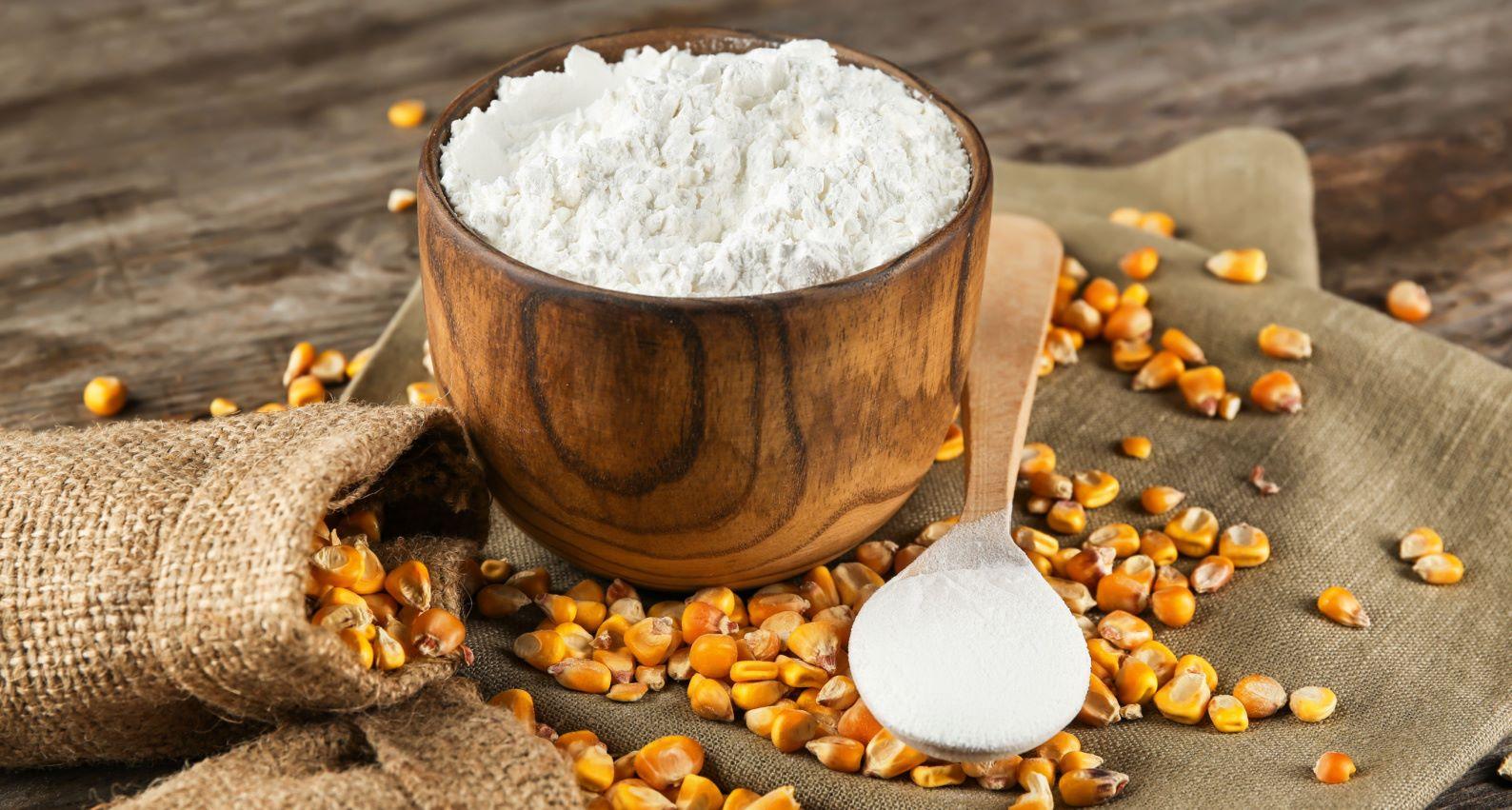Overcoming Limited Global Starch Supplies through Effective Contracting Strategy
Published on 05 Dec, 2023

The price cushioning initiative by leading starch producers, coupled with market and climate conditions driven feedstock supplies constraints, would lead to a decline in starch supplies in the next 1-2 years. Amid such supply market situations, it becomes necessary for industrial starch buyers to better utilize global and regional starch suppliers to build resilience in their starch supply chain.
Global starch consumption was ~62 million tons in 2023 and is expected to grow at a CAGR of ~5% over 2024-25F, owing to an increase in consumption from food and industrial applications. While the rate of consumption of starch is increasing, its supplies are expected to remain in deficit of demand. This is due to price cushioning initiatives planned by starch producers and feedstock supply shortage because of certain uncontrollable market and climatic conditions.
Starch producer led price cushioning initiatives:
Low-capacity utilization of starch manufacturers: To support the market prices amid low feedstock inter-region trade, starch manufacturers are not expected to utilize the capacity by more than 75% during the 2024-25F period.
Low new capacity additions for industrial starches: In the next 1-2 years the overall starch capacity addition is expected to remain low for industrial applications. Although starch producers, such as Agrana, Ingredion, ADM and Cargill, have planned new capacities, however they are majorly for food starches.
Ability of a producer to manufacture edging by-products: Major starch producers usually divert ~40% of the starch slurry, an intermediate product, to produce sweeteners. Thus, marketing a starch-competing by-product portfolio to food and pharmaceutical industries. Hence, in case of declining demand of starch, producers divert more slurry towards sweetener production to support starch prices and to sustain their overall margins.
Market and climate conditions-based feedstock supply shortage:
Low inter-regional trade of feedstocks: Most of the starches are derived from corn, wheat, cassava and potato crops, which are mostly cultivated in specific regions — corn crops are majorly cultivated in the US region; cassava roots in African region; and wheat and potato in Asia. Amid government intervention for staple food security and growing regional food industry, exports of feedstocks from key crop growing regions to other high demand regions are usually low, leading to a high dependency of starch producers on regional supplies of feedstocks.
Emergence of bioethanol industry: The gasoline blending mandate, coupled with stricter marketing norms, has substantially increased the demand for bioethanol as a transportation fuel in major economies such as the US, China, India, and Brazil. While producing crops for bioethanol production appears more lucrative to farmers than producing for food and industrial applications, due to incentives and subsidies provided by governments, farmers are expected to divert a larger portion of their crop produced for bioethanol production.
Uncertain climatic conditions: Increasing earth temperature, unpredictable rain and drought patterns in key crop growing regions has severely impacted the corn, wheat, and potato production in the last few years. Although corn farmers in the US and wheat farmers in India and China are adopting short height crops and early plantation, respectively, to reduce the supply risk, such initiatives would not be adequate to mitigate increasing climatic condition setbacks.
Recommendations:
As starch supplies are not expected to improve in the next couple of years, it becomes vital for industrial starch buyers to delve into their contracting strategies and strive for better supply and price stability. While overall starch production can face severe challenges due to uncertain climate conditions in different regions, it is advisable to an industrial buyer of starch to forge long-term contracts with the global suppliers with production locations worldwide. This ensures that the buyer can receive the supplies from other locations of the supplier amid any disruption. Forging contracts with global suppliers are also advisable as the feedstock exports would remain low in the next few years, possessing significant feedstock supply challenge to a regional starch supplier that is dependent on feedstock imports to run the production capacity.
While contracting with global suppliers is advisable to mitigate the market and climate challenges, industrial buyers should adopt a ‘one-plus-one’ supplier strategy by appointing a small or mid-sized regional supplier as well, with low volume allocation. Since small or mid-sized regional suppliers across regions have a lower propensity to produce by-product and sweeteners, they possess a lower bargaining power. This could eventually aid the buyer to get preferential prices in case the starch demand declines.
In case the current contracting strategy of the starch buyer is indifferent from the above recommendations, then the buyer should hold their current contracting position.